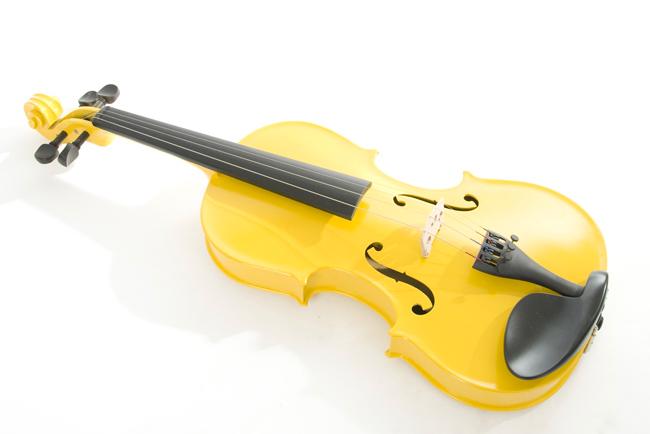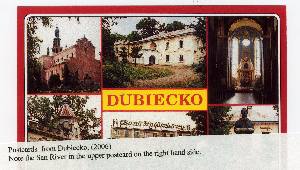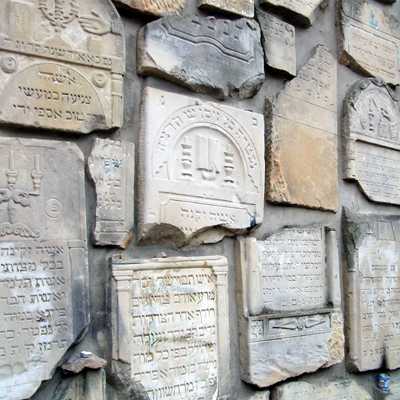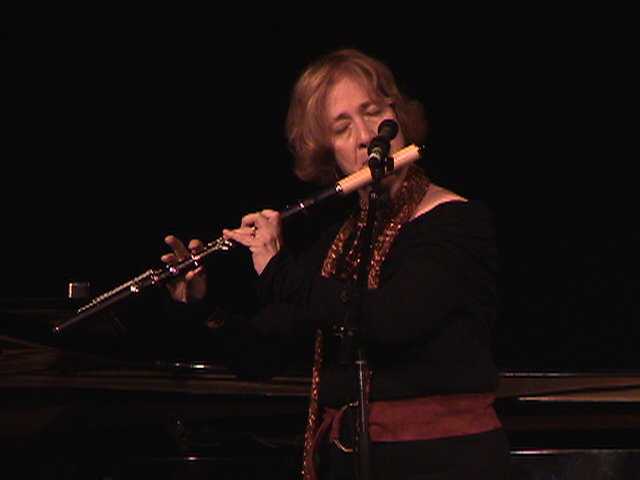by Sam Glaser
September 2009
Sometimes I am asked if I can remember my individual concerts or if it all becomes a blur. The fact is that certain communities have hosted me many times over the past eighteen years of touring and it feels like a family reunion when I return. Some concerts or Shabbatons I remember distinctly because of a crazed mishap or disaster. And others are memorable because all the stars were aligned and every detail was carefully thought out and went like clockwork. This month I had a weekend that I’d like to share for you to appreciate the sublime nature of the experience.
I had never been to Flemington, NJ. Most of my LA friends said “where??” when I told them about the first stop on this three-week August tour. You must understand that Flemington is in the Delaware River region near the Pennsylvania border and that the entire town is on the Register of Historic Places. Amazing 19th century Victorians line the main boulevard. It’s not just another exit on the turnpike. Their primary claim to  fame is the courthouse, which is still standing, which was the site of the 1935 Lindbergh “trial of the century.” I was staying in a perfectly restored bed and breakfast just a block away. Perfectly mild summer weather made for beautiful walks over the course of the weekend and many congregants volunteered to accompany me on my explorations. The Jewish community was well primed on my music and the Shabbat prayers and meals were nothing short of ecstatic. All these niceties have little to do with what made this weekend so special. Here’s the story:
fame is the courthouse, which is still standing, which was the site of the 1935 Lindbergh “trial of the century.” I was staying in a perfectly restored bed and breakfast just a block away. Perfectly mild summer weather made for beautiful walks over the course of the weekend and many congregants volunteered to accompany me on my explorations. The Jewish community was well primed on my music and the Shabbat prayers and meals were nothing short of ecstatic. All these niceties have little to do with what made this weekend so special. Here’s the story:
In 1925 Chaskel Frand left Dubiecko, Poland for the “Golden Medina,” armed with his sole source of income, his violin. He left behind his wife and kids (and imported them at a later date,) and also had to say goodbye to his extended family of musicians, the Frand Klezmorim. He also traveled with the handwritten music that the band had performed for weddings and for such visiting rabbis as the Belzer and Bluzher Rebbes.  After the war Chaskel was anguished to discover that all his relatives had perished at the hands of the Nazis.
After the war Chaskel was anguished to discover that all his relatives had perished at the hands of the Nazis.
In 1955 Chaskel decided to move to Israel so that the imminent arrival of the Messiah wouldn’t require that his bones roll all the way from New York to Jerusalem. At the airport he found that he was only allowed one carry-on item (yes, even in those days!) One of his daughters convinced him to choose his tallis and tefilin over the violin…he could buy another violin in Israel. He reluctantly handed it to her and it was stashed in her basement for the next several years. At one point, a cousin came to visit from California. He had just started up the violin and requested his grandfather’s violin on which to practice. After that, the violin floated from house to house over the years and many pieces of the Frand music folio wound up framed and hung in the homes of various relatives for posterity.
Fast forward to 1996: My dear friend Sharon Brooks, fellow veteran of untold number of Coalition for Advancement of Jewish Education conferences, (I’ve now performed at 17 of them!) had a five-year-old daughter who insisted that she wanted to learn to play the violin. Sharon is the granddaughter of Chaskel and her five-year-old had no idea about her klezmer roots. She tracked down the violin, had it sent to New Jersey and found that it was in an awful state of disrepair. At great expense she had it restored and her daughter is playing it to this day. At one point, word got out that the violin was back in use and relatives sent Sharon the portfolio of music so that they could be played once again on the family violin.
Sharon eventually made a trip to Dubiecko, Poland to explore her roots. She found no sign of Jewish presence in spi te of the fact that they had been over 50% of the town’s population. The cemetery was in total disrepair without even so much as a marker on the mass grave. The headstones had been used by the Nazis to pave a road. She decided to make “lemonade out of lemons:” The recovered music of the Frand Klezmorim would be the very vehicle to shape up the cemetery and honor the memories of her ancestors.
te of the fact that they had been over 50% of the town’s population. The cemetery was in total disrepair without even so much as a marker on the mass grave. The headstones had been used by the Nazis to pave a road. She decided to make “lemonade out of lemons:” The recovered music of the Frand Klezmorim would be the very vehicle to shape up the cemetery and honor the memories of her ancestors.
Fast forward to 2009: I recommended that Sharon have this music professionally transcribed so that it could be easily performed by a modern ensemble and to throw a gala concert in her hometown. She hired klezmer flutist extraordinaire, Adrianne Greenbaum to create usable charts out of the Frand musician’s hieroglyphics. After much preparation the big weekend arrived. Whereas many shuls have a completely different crowd between Friday night and Saturday, the entire community came out for the every aspect of the Shabbaton. We found some great local klezmer musicians for the Saturday  night concert, I brought out one of my favorite studio drummers from New York, and after a set of my songs we presented the grand North American debut of some amazing, beautiful and complex klezmer. This music is not intended to be listened to in a passive manner; Adrianne led the group in the various appropriate dances and we jammed late into the night as the audience clapped, danced and sang along.
night concert, I brought out one of my favorite studio drummers from New York, and after a set of my songs we presented the grand North American debut of some amazing, beautiful and complex klezmer. This music is not intended to be listened to in a passive manner; Adrianne led the group in the various appropriate dances and we jammed late into the night as the audience clapped, danced and sang along.
Thousands of dollars were raised to restore the cemetery. New music was launched in the klezmer world. The JCC of Flemington had a Shabbaton they will not soon forget. I was so grateful to have a role in this incredible saga. I received an email from my new flutist friend that I want to share:
“I’m not so good with words, I’m afraid. What I want to say is that you brought such vitality to the meaning of Shabbat, with such feelings of being grateful, of what is truly important. You manage to transcend, to explore the meanings in everyday life and not make it hokey or phony. You are the real thing. You speak with such honesty and your conviction reaches out so very simply to others who aren’t yet convinced there is value to taking time off. Taking time to stop. That was your biggest message: Stop. There is a time to stop and great value to stopping. If G-d can stop, why not us little folk? Thanks for an amazing weekend of spirit and song.”
I asked Sharon to fact-check this newsletter and she responded with the following:
“Sam – you asked me a question I never even thought about before. What if my grandfather was able to bring the violin to Israel? Would this music have this new life, this revival of spirit? Perhaps what seemed like such an injustice back then was a part of the master plan. This violin, this music was, like Moses I suppose, never intended to enter the land of Israel.”
I have encouraged Sharon Brooks to dream big. I told her that if she pulled off this remarkable concert weekend, she can do anything. I encouraged her to strive to get this music recorded and published professionally and even produce a concert in the memory of the righteous community of Dubiecko at the very site of the mass grave. I feel like my ability to continue to work full time in the area of Jewish music is an open miracle. I see miracles everyday. One of the best parts of my job is to have the chance to inspire others to live in this realm and once in a while, to see some of them succeed.